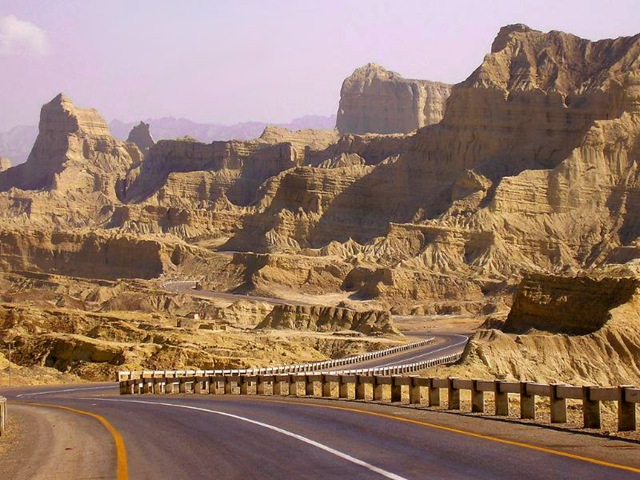
Sometimes good news, like lightning, strikes unexpectedly. The US Energy Information Administration (EIA), a US government agency, has released a report which ranks Pakistan as the country with the ninth largest shale oil reserves in the world. Other countries listed in the top 10 by the report, which bears the weighty title “Technically Recoverable Shale Oil and Shale Gas Resources: An Assessment of 137 Shale Formations in 41 Countries Outside the United States” include Russia, Venezuela, Mexico and Indonesia.
The report estimates Pakistan’s technically recoverable shale oil reserves at 9 billion barrels. Compare this to our current proved oil reserves of approximately 300 million barrels and the extent of the good news — a 30-fold increase in reserves — becomes clear. But it may be a little too early to celebrate. Shale oil, as the term suggests, is oil trapped in a shale formation. Shale is a type of sedimentary rock composed of a mix of clays with small quantities of other minerals such as quartz and calcite. Geologists have always known that shales contain oil and gas. But the problem is that recovering these is not easy. This is because shale has what is called in oil industry jargon — low permeability. Simply put this means that even if you drill a well into a shale formation oil will not flow into the well because it is tightly locked into the shale.
Over the last 4 or 5 years however new technologies have been perfected which allow cost efficient recovery of this formerly difficult to extract shale oil and gas. The first of these is “horizontal drilling.” The second is “hydraulic fracturing.”
Conventional oil wells are drilled vertically into the ground. Shale formations in, for example the lower Indus Basin where most of Pakistan’s shale oil reserves are located, have a typical thickness of about 200 to 250 feet. So a vertical well would make contact with the formation for only this distance limiting the size of what is called the “producing zone.” A horizontal well starts off as vertical but as it penetrates deeper into the ground new technology allows the driller to slowly incline it until by the time it reaches the formation it has become completely horizontal. Once horizontal it travels across the formation for several thousand feet, greatly increasing the size of the production zone.
But a horizontal well alone will not get the shale to give up its oil. This is where hydraulic fracturing or fracking, as it is called, comes in. Once the horizontal well is in place a mixture of water and sand is injected into the formation at extremely high pressure. The pressure fractures or cracks the formation and the sand injected with water “props up” the cracks and prevents them from closing once the pressure is removed. The cracks now act as pathways for the locked oil or gas to flow into the well. And the length of the horizontal well means that enough of the stuff is able to get through to make the whole exercise cost efficient.
While the EIA report is wonderful news for Pakistan, getting the shale oil out of the ground represents a technical, financial and organizational challenge. How should the government go about it?
Horizontal drilling and fracking technology is currently almost the exclusive preserve of a few global “oil service” companies. They are expensive — too expensive for Pakistan. The good news is that a large cadre of highly capable Pakistanis work in the oil industry in the Middle East and further afield. Some of them, with typical Pakistani entrepreneurial spirit, have set up companies to compete with the global oil service giants. And, make no mistake, they are giving the giants a run for their money. We need to get these people back home and encourage them to do the same here.
The government needs to develop a plan and strategy with clearly defined objectives to exploit what is an unexpected windfall from out of the blue. Pakistan produced, in 2011, some 63,000 barrels of oil per day on reserves estimated then to be about 300 million barrels. With shale oil included reserves are up 30 fold. Apply the same production to reserve ratio to daily oil output and Pakistan could be producing almost 2 million barrels of oil a day. Imagine what that could do for our country.
Source: Arab News








